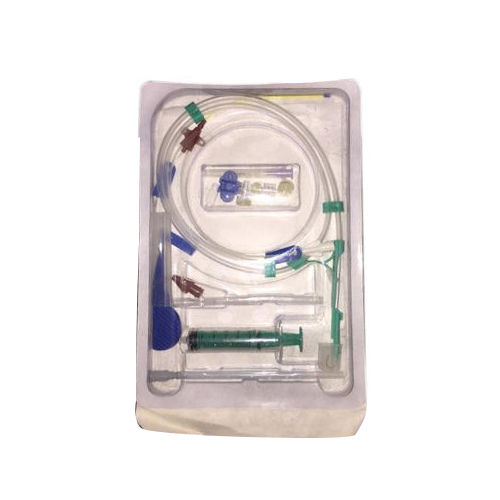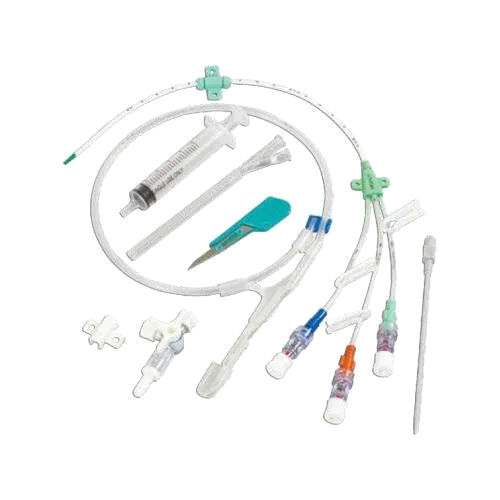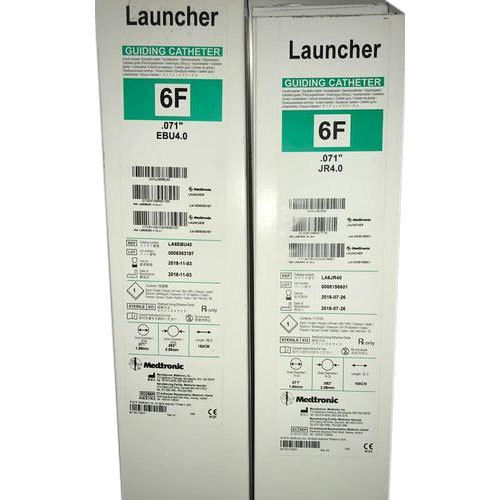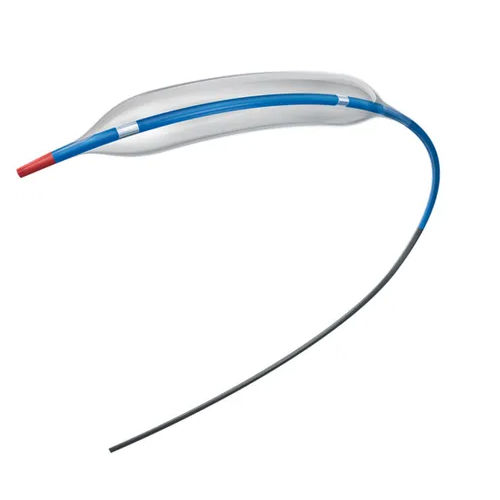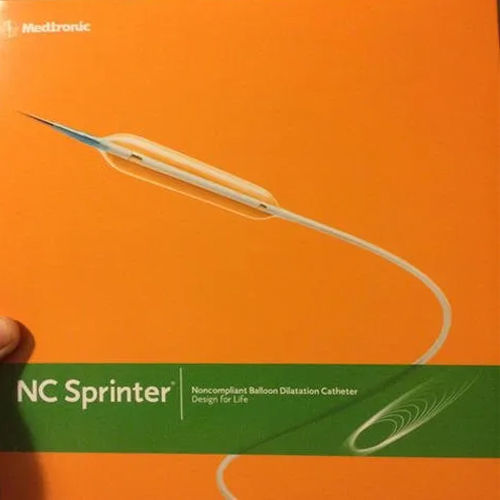Central Venous Catheters
Product Details:
- Equipment Type Central Venous Catheters
- Material Plastic
- Condition New
- Color White
- Click to View more
Central Venous Catheters Price And Quantity
- 50 Piece
- 500 INR/Piece
Central Venous Catheters Product Specifications
- New
- White
- Central Venous Catheters
- Plastic
Central Venous Catheters Trade Information
- 10000 Piece Per Week
- 4 Days
- Asia Australia Central America North America South America Eastern Europe Western Europe Middle East Africa
- All India
Product Description
Central venous catheters are a long, thin tube which is put into a sizable vein in your arm, chest, or neck. These are also known as central line. Fluids, blood transfusions, and other treatments are administered to you through a CVC. The amount of pressure in the sizable veins close to your heart is also measured using this technique. Typically, central venous catheters are implanted in a medical facility. In order to prevent infection, you will need to take care of the catheter and keep the region tidy. These gadgets are made up of plastic material and have a white colour.
Product details
|
Length |
15-20cm |
|
Usage |
Hospital |
|
Material |
Plastic |
|
Size |
fr7*16cm |
|
Packaging Type |
Packet |
|
Is It Sterilized |
Sterilized |
|
Brand |
Arrow & centvent /centroflow |
Frequently Asked Questions
Q: A central venous catheter is what?
A: A central venous catheter is a long, thin, flexible tube that is put into a big vein in the body, usually in the groyne, chest, or neck. For a variety of medicinal uses, it offers direct access to the bloodstream.
Q: A central venous catheter is placed in what way?
A: A healthcare provider typically inserts a central venous catheter. The technique is carried out in sterile circumstances, and imaging guidance such as ultrasound may be used to identify the proper vein. After that, the catheter is placed into the vein, and its position is verified using imaging or a blood flow metre.
Q: What kinds of central venous catheters are there?
A: A variety of central venous catheters are available, including the following:
- Non-tunnelled catheters: These enter the body through the skin after being directly put into a vein. They are frequently employed for temporary access.
- Catheters that burrow under the skin before entering a vein are those that are put through a tiny incision. They are employed for enduring access.
- Ports that have been implanted: These are inserted under the skin and linked to a catheter that goes into a vein. They look discrete and are used for long-term access.
Q: How are central venous catheter-related problems handled?
A: The exact problem will determine how to handle complexities. Antibiotics for infections, anticoagulation for blood clots, catheter replacement or repositioning, and other procedures as considered appropriate by medical specialists are possible treatment options.
Q: What is the maximum duration of a central venous catheter?
A central venous catheter can stay in place for a range of times, depending on its design, use, and the particular patient. Non-tunnelled catheters are normally used for a few days to a few weeks, whereas implanted ports and tunnelled catheters might last for several months or even years, depending on the situation.

